Lion's Mane mushroom (Hericium erinaceus) has surged in popularity due to its impressive cognitive and nerve-supporting benefits, not to mention its delicious seafood-like flavor. With its distinctive appearance—cascading white spines resembling a lion's mane—this fungus has become highly sought after by foragers, health enthusiasts, and culinary connoisseurs alike. Whether you're hoping to find it in the wild, purchase it fresh or dried, or even grow your own, this comprehensive guide will walk you through all the options for sourcing this remarkable mushroom.
Finding Lion's Mane in the Wild
Natural Habitat and Growing Conditions
Lion's Mane mushrooms have specific environmental preferences that determine where they can be found:
-
Preferred Trees:
- Primarily grows on hardwoods, especially:
- American beech (Fagus grandifolia)
- Oak (Quercus species)
- Maple (Acer species)
- Walnut (Juglans species)
- Occasionally found on conifers in some regions
-
Geographic Distribution:
- North America: Widespread in eastern forests, from Canada to the Gulf of Mexico
- Europe: Less common but found in old-growth forests
- Asia: Native to China, Japan, and Korea
- Australia: Rare but occasionally found in eastern forests
-
Seasonal Timing:
- Primary fruiting season: Late summer through fall (August-November)
- In warmer regions: Can occasionally appear in late spring
- Often fruits multiple times on the same tree
- Most abundant after periods of rain followed by warm days
-
Specific Growing Locations:
- Typically found on dying or dead standing trees
- Also appears on fallen logs in advanced stages of decay
- Prefers partially shaded forest environments
- Often grows 10-40 feet up on tree trunks
- May return to the same tree for several years
Identification Features and Look-Alikes
Properly identifying Lion's Mane is essential for safe foraging:
-
Distinctive Characteristics:
- Pure white to cream-colored when fresh
- Cascading spines (teeth) instead of gills or pores
- Single clump growth habit without a traditional cap or stem
- Spines 1-4 cm long, hanging downward
- Soft, spongy texture when fresh
- Yellows slightly with age
- Pleasant seafood-like smell
-
Similar-Looking Species:
- Bear's Head Tooth (Hericium americanum): Very similar and equally edible, with more branched structure
- Coral Tooth (Hericium coralloides): Smaller spines and more branched appearance, also edible
- Comb Tooth (Hericium ramosum): More branched with shorter teeth, edible and closely related
- These look-alikes are all in the Hericium genus and are considered safe, edible alternatives
-
Key Differences from Dangerous Species:
- No deadly poisonous look-alikes exist
- The distinctive spine/tooth structure is unique to Hericium genus
- No gilled mushrooms should be confused with Lion's Mane
- The pure white color and growth on wood are important identifying features
Sustainable Harvesting Practices
If you find Lion's Mane in the wild, follow these guidelines for ethical harvesting:
-
When to Harvest:
- Harvest when the mushroom is fully developed but still firm and white
- Avoid specimens that show yellowing or browning
- Best when teeth have fully formed but remain short (less than 1 cm)
- Morning harvesting often yields the freshest specimens
-
Proper Techniques:
- Use a sharp knife to cut at the base where it attaches to the tree
- Leave at least 30% of the mushroom if multiple fruiting bodies are present
- Never harvest all specimens from a single location
- Carry in a mesh or paper bag to allow spore dispersal while transporting
-
Ethical Considerations:
- Obtain necessary permits for public lands
- Never harvest in national parks or protected areas
- Limit collection to what you can use
- Document locations but keep specific spots private
- Consider collecting spores or tissue samples for cultivation
-
Post-Harvest Handling:
- Clean gently with soft brush rather than washing
- Refrigerate immediately in paper bag
- Process or preserve within 3-5 days
- Share knowledge but not exact locations with others

Purchasing Lion's Mane Mushroom
Farmers Markets and Local Sources
Farmers markets offer fresh, locally grown options with several advantages:
-
Benefits of Local Purchasing:
- Exceptional freshness (often harvested within 24 hours)
- Direct connection with growers for cultivation information
- Opportunity to inspect quality visually
- Supporting local agricultural economy
- Reduced environmental impact from transportation
-
What to Look For:
- Clean, white color without significant yellowing
- Firm texture without soft or slimy spots
- Sweet, seafood-like smell (no ammonia or sour odors)
- Uniform teeth development
- Moisture content (not too dry or excessively wet)
-
Questions to Ask Vendors:
- Growing methods (substrate, growing conditions)
- Harvest date
- Suggested storage techniques
- Cooking recommendations
- Availability schedule throughout the season
-
Typical Price Range:
- Fresh whole Lion's Mane: $15-30 per pound
- Smaller quantities: $5-12 for 4 oz portions
- Prices vary seasonally and regionally
- Certified organic specimens command 20-30% premium
Grocery Stores and Specialty Markets
Increasingly, Lion's Mane is available in conventional retail settings:
-
Major Chains Carrying Lion's Mane:
- Whole Foods Market
- Sprouts Farmers Market
- Natural Grocers
- Erewhon (West Coast)
- Central Market (Texas)
- Wegmans (East Coast)
-
Where to Look Within Stores:
- Specialty mushroom section in produce department
- Refrigerated areas with other gourmet mushrooms
- Sometimes in separate refrigerated display cases
- Occasionally at in-store mushroom cultivation displays
-
Available Forms:
- Fresh whole mushrooms (typically in 4-8 oz packages)
- Pre-sliced fresh mushrooms
- Dried packages (usually 1-3 oz)
- Powdered Lion's Mane in supplement section
- Value-added products (jerky, chips, etc.)
-
Seasonal Availability:
- Year-round in many specialty markets
- Most abundant in fall months (September-November)
- Limited selection in spring
- Dried products available consistently throughout year
Online Retailers and Mail Order
The internet offers convenient access to various Lion's Mane products:
-
Fresh Mushroom Delivery Services:
- Smallhold (Northeast US)
- Far West Fungi (ships nationwide from California)
- R&R Cultivation (Midwest)
- Mycopolitan Mushroom Company (East Coast)
- Field & Forest (Northeast/Midwest)
-
Dried Mushroom Sources:
- North Spore
- Pacific Coast Mushrooms
- Mushroom House
- Forest Finds
- Mountain Rose Herbs
- Fungus Among Us
-
Specialty Food Sites:
- iGourmet
- Foraged
- Regalis Foods
- Earthy Delights
- Marx Foods
- Gourmet Food Store
-
Shipping Considerations:
- Fresh mushrooms require expedited shipping (overnight or 2-day)
- Packaging should include ice packs in warm weather
- Dried products ship standard without special requirements
- Examine delivery timeframes based on season and location
- Consider minimum order requirements to optimize shipping costs
Supplement Forms of Lion's Mane
Types of Lion's Mane Supplements
Various processed forms offer different benefits and applications:
-
Capsules and Tablets:
- Standardized dosing
- Convenient for daily use
- No taste (beneficial for those who dislike mushroom flavor)
- Typically 500-1000mg per capsule
- Often combined with other medicinal mushrooms
-
Powders:
- Versatile for adding to smoothies, coffee, or recipes
- Varying potency levels
- More economical for regular consumption
- Allow for personalized dosing
- Available as pure mushroom or extract powders
-
Liquid Extracts and Tinctures:
- Rapid absorption
- Concentrated form requiring smaller amounts
- Easy to adjust dosage
- Often alcohol or glycerin based
- Convenient for travel or on-the-go use
-
Gummies and Functional Foods:
- Pleasant taste and convenient format
- Often combined with complementary ingredients
- Good introduction for beginners
- Premeasured dosing
- Typically lower concentrations than dedicated supplements
What to Look for in Quality Supplements
Important considerations when selecting Lion's Mane products:
-
Extraction Methods:
- Hot water extraction: Accesses beta-glucans and polysaccharides
- Alcohol extraction: Isolates triterpenes and certain antioxidants
- Dual extraction: Combines both methods for full-spectrum compounds
- Enzymatic extraction: Enhanced bioavailability
-
Testing and Verification:
- Third-party testing for potency and contaminants
- Certificate of Analysis (CoA) availability
- Testing for beta-glucan content (not just polysaccharides)
- Heavy metal screening results
- Organic certification or testing for pesticide residues
-
Fruiting Body vs. Mycelium:
- Fruiting body: Contains higher concentrations of active compounds
- Mycelium grown on grain: Often contains substantial starch filler
- Mycelium grown on liquid culture: Higher purity
- Full spectrum: Combination of fruiting body and mycelium
- Clear labeling of which part is used
-
Additional Ingredients:
- Complementary herbs (Lion's Mane often paired with Bacopa or Rhodiola)
- Extraction agents (alcohol percentage or other solvents)
- Flow agents and fillers (preferably minimal)
- Preservatives (natural vs. synthetic)
- Flavor enhancers in consumer products
Reputable Brands and Manufacturers
Well-regarded companies producing quality Lion's Mane supplements:
-
Dedicated Mushroom Companies:
- Host Defense (founded by mycologist Paul Stamets)
- Real Mushrooms
- Om Mushrooms
- Four Sigmatic
- Mushroom Science
- North American Herb & Spice
-
Broader Supplement Manufacturers:
- Pure Encapsulations
- Thorne Research
- Now Foods
- Swanson
- Life Extension
- Nature's Way
-
Premium/Boutique Brands:
- Nootropics Depot
- Double Wood Supplements
- Mind Nutrition
- Terrasoul Superfoods
- Lost Empire Herbs
- Transparent Labs
-
What Sets Quality Brands Apart:
- Transparent sourcing information
- Clear labeling of fruiting body vs. mycelium
- Standardized extraction processes
- Quantified active compounds
- Research supporting formulations
- Sustainable harvesting and production practices
Growing Your Own Lion's Mane
Cultivation Kits and Ready-to-Fruit Blocks
The simplest way to grow your own with minimal expertise required:
-
Types of Kits Available:
- Fully colonized substrate blocks (just add water)
- Sawdust-based growing kits
- Log inoculation kits
- Spawn bags with colonized grain
- Liquid culture syringes with instructions
-
Top Kit Providers:
- North Spore
- Mushroom Mountain
- Field & Forest Products
- Fungi Perfecti
- Southwest Mushrooms
- Michigan Mushroom Company
-
Expected Yields:
- Typical block kit: 1-2 pounds over 2-3 flushes
- Log inoculation: Multiple harvests over 2-4 years
- Grain spawn expansion: Potentially unlimited with proper techniques
- First flush typically produces largest yield
- Subsequent flushes decrease in size by approximately 30-50%
-
Care Requirements:
- Humidity: 85-90% relative humidity
- Temperature: 65-75°F (18-24°C) ideal range
- Light: Indirect natural light or 12 hours of LED
- Air exchange: Fresh air several times daily
- Water misting 1-2 times daily during fruiting
DIY Cultivation Methods
More advanced techniques for ongoing Lion's Mane production:
-
Substrate Formulations:
- Hardwood sawdust (oak, maple preferred): 80-85%
- Nutritional supplements (wheat bran, rice bran): 15-20%
- Gypsum (optional): 1-2%
- pH adjusted to 5.5-6.5
- Moisture content: 55-65%
-
Equipment Needs:
- Pressure cooker (for sterilization)
- HEPA filtration system or flow hood
- Inoculation tools
- Growing containers (bags, bottles, or buckets)
- Temperature and humidity controllers
- Growing chamber or modified space
-
Step-by-Step Process:
- Prepare and mix substrate
- Sterilize at 15 PSI for 2.5 hours
- Inoculate in clean environment
- Incubate at 70-75°F until fully colonized (2-3 weeks)
- Initiate fruiting with fresh air and humidity
- Harvest when teeth have formed but remain white
- Rehydrate block and repeat for additional flushes
-
Troubleshooting Common Issues:
- Contamination (green or black mold)
- Stalled growth
- Deformed fruiting bodies
- Excessive CO₂ causing long "fingers" rather than compact growth
- Insufficient humidity leading to aborted fruiting
Long-Term Cultivation Strategies
Sustainable approaches for ongoing Lion's Mane production:
-
Spawn Maintenance:
- Agar culture techniques for clean genetics
- Grain-to-grain transfers to expand spawn
- Liquid culture maintenance
- Refrigerated storage of cultures
- Strain selection for desired traits
-
Scaling Up Production:
- Multiple substrate formulations
- Staggered inoculation schedule
- Climate-controlled growing spaces
- Automated monitoring systems
- Larger sterilization equipment
-
Sustainable Practices:
- Using agricultural waste products as substrate
- Composting spent blocks
- Capturing spores for future cultivation
- Water recycling systems
- Energy-efficient climate control
-
Economic Considerations:
- Current market prices for fresh Lion's Mane
- Local vs. wholesale distribution
- Value-added product development
- Production costs (substrate, energy, labor)
- Return on investment calculations

Preserving and Storing Lion's Mane
Fresh Storage Methods
Maximizing shelf life of fresh mushrooms:
-
Refrigeration Techniques:
- Paper bag storage (not plastic, which causes condensation)
- Temperature range: 34-38°F (1-3°C)
- Avoid storing near ethylene-producing fruits
- Place in refrigerator crisper drawer
- Expected shelf life: 5-7 days maximum
-
Pre-Storage Preparation:
- Avoid washing before storage
- Gently brush off any debris
- Trim any discolored portions
- Allow air circulation around mushrooms
- Handle minimally to prevent bruising
-
Signs of Freshness Decline:
- Yellowing or browning coloration
- Sliminess on surface
- Ammonia or sour smell
- Soft or mushy texture
- Visible mold growth
-
Extending Fresh Shelf Life:
- Pre-slicing and sautéing lightly
- Refrigerating in airtight container after cooking
- Using oldest portions first (FIFO method)
- Wrapping in breathable cloth rather than paper
- Placing in coolest part of refrigerator
Drying and Dehydration
Converting fresh Lion's Mane for long-term storage:
-
Equipment Options:
- Food dehydrator with temperature control
- Oven with door propped open on lowest setting
- Solar dehydrator in suitable climate
- Mesh screens in warm, dry area with good airflow
- Commercial dehydrators with humidity control
-
Process Steps:
- Slice mushrooms into 1/4" to 1/2" pieces
- Arrange in single layer without touching
- Dry at 110-130°F (43-54°C)
- Continue until completely crisp (snaps when bent)
- Cool completely before storage
-
Optimal Conditions:
- Low humidity during drying process
- Consistent temperature
- Good air circulation
- Protection from dust or insects
- Complete dehydration (no remaining soft spots)
-
Storage After Drying:
- Airtight glass containers preferred
- Silica gel packets to absorb moisture
- Store in cool, dark place
- Label with date and source
- Expected shelf life: 1-2 years
Freezing Techniques
Alternative preservation method:
-
Pre-Freezing Preparation:
- Sauté briefly in oil until water is released (recommended)
- Alternatively, blanch for 2 minutes then ice bath
- Raw freezing possible but texture significantly degrades
- Dry thoroughly before freezing
- Divide into portion-sized amounts
-
Packaging Methods:
- Vacuum sealing for optimal quality
- Freezer bags with air removed
- Rigid containers with minimal headspace
- Parchment paper between layers if stacking
- Clear labeling with date and contents
-
Freezer Considerations:
- Store at 0°F (-18°C) or below
- Place in quickest-freezing part of freezer initially
- Protect from freezer burn
- Expected quality duration: 3-6 months
- Use directly from frozen state (no thawing for cooking)
-
Best Uses for Frozen Lion's Mane:
- Soups and stews
- Stir-fries and sautés
- Blended into sauces
- Pasta dishes
- Not ideal for applications requiring firm texture
Using Lion's Mane in Culinary Applications
Flavor Profile and Cooking Properties
Understanding Lion's Mane's culinary characteristics:
-
Taste and Texture:
- Flavor: Mild, sweet, seafood-like (crab or lobster notes)
- Texture when cooked: Firm, meaty, slightly stringy
- Moisture content: High when fresh, absorbs flavors well
- Changes with cooking: Becomes more savory, develops umami
- Complementary flavor pairings: Butter, garlic, thyme, white wine
-
Cooking Behavior:
- Releases significant moisture when heated
- Holds shape well during cooking
- Absorbs fats and flavors readily
- Caramelizes beautifully when sautéed
- Maintains texture in longer cooking preparations
-
Nutritional Changes When Cooked:
- Heat activates some beneficial compounds
- Brief cooking preserves most nutrients
- Water-soluble compounds may leach into cooking liquid
- Fat-soluble compounds better absorbed with oil
- Prolonged high heat may degrade some beneficial components
-
Substitution in Recipes:
- Can replace crab meat in many recipes
- Suitable substitute for lobster in vegetarian dishes
- Alternative to chicken in texture-focused recipes
- Can replace other gourmet mushrooms in most dishes
- Works well in place of scallops in plant-based cooking
Basic Preparation Methods
Fundamental techniques for cooking Lion's Mane:
-
Cleaning and Trimming:
- Brush gently to remove debris
- Trim any discolored areas
- Avoid excessive washing (quick rinse if necessary)
- Cut or tear into desired sizes
- For larger specimens, slice to ensure even cooking
-
Sautéing Method:
- Heat pan to medium-high with butter or oil
- Add mushroom pieces in single layer
- Cook undisturbed for 4-5 minutes until golden
- Flip and cook additional 3-4 minutes
- Season toward end of cooking to prevent moisture release
-
Roasting Technique:
- Preheat oven to 400°F (200°C)
- Toss pieces with oil and seasonings
- Spread in single layer on baking sheet
- Roast 15-20 minutes, turning halfway
- Continue until edges are crispy and golden
-
Grilling Approach:
- Slice into steaks at least 1/2" thick
- Brush with oil and preferred seasonings
- Place on medium-hot grill
- Cook 4-5 minutes per side
- Look for good grill marks and slight char
Creative Culinary Uses
Inspiring ways to incorporate Lion's Mane in cooking:
-
Plant-Based Seafood Alternatives:
- "Crab" cakes using shredded Lion's Mane
- Vegan "lobster" rolls
- Mushroom "scallops"
- Plant-based seafood pasta dishes
- "Fish-free" tacos
-
Gourmet Applications:
- Risotto with Lion's Mane and truffle oil
- Mushroom carpaccio
- Fine dining mushroom entrées
- Compound butters with finely chopped Lion's Mane
- Elegant sauces for special occasions
-
Medicinal Food Preparations:
- Lion's Mane coffee or tea additions
- Broths and medicinal soups
- Powdered additions to smoothies
- Tincture infusions in beverage
- Microdosing in everyday meals
-
Preservation-Based Recipes:
- Lion's Mane jerky
- Pickled mushrooms
- Mushroom pâté for extended refrigerator life
- Compound butter that can be frozen
- Mushroom salt (dried and processed with sea salt)
Conclusion
Lion's Mane mushroom represents a fascinating intersection of culinary delight and potential health benefits. Whether you choose to forage for it in the wild, purchase it from local or online sources, or embark on your own cultivation journey, this remarkable fungus offers multiple pathways to incorporate its unique properties into your life.
For beginners, starting with fresh mushrooms from a farmers market or a simple grow kit provides an accessible entry point to experience Lion's Mane's culinary and potential therapeutic qualities. Those with more experience might venture into foraging (with proper identification skills) or more advanced cultivation techniques for a sustainable personal supply.
The versatility of Lion's Mane—from fresh culinary uses to supplements targeting specific health objectives—makes it one of the most user-friendly functional mushrooms available today. As interest in this remarkable fungus continues to grow, availability is increasing across multiple channels, making it more accessible than ever before.
Whether you're drawn to Lion's Mane for its cognitive-supporting potential, its unique culinary applications, or simply the satisfaction of growing or finding something extraordinary, the journey to sourcing this mushroom can be as rewarding as the benefits it provides.


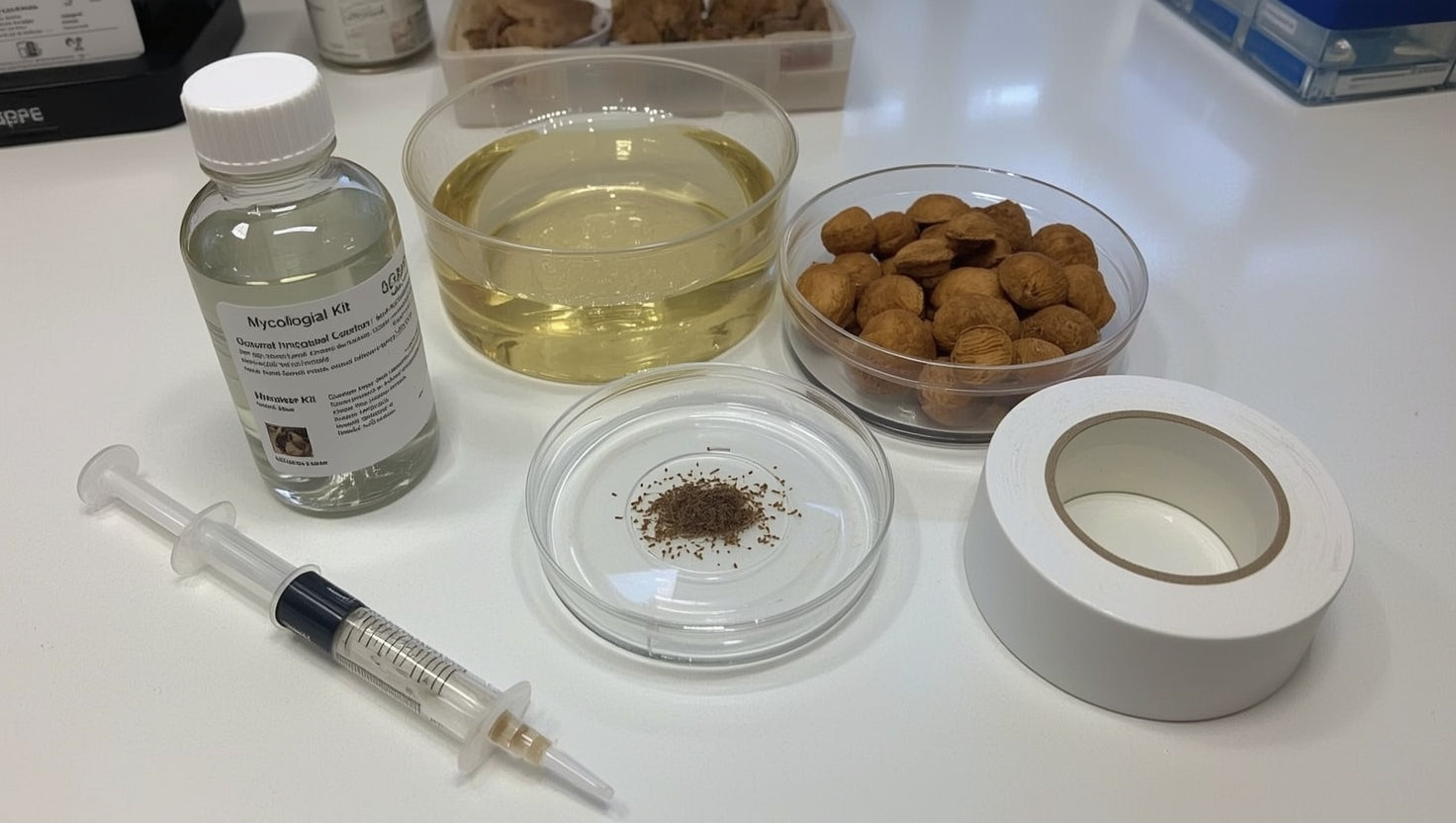
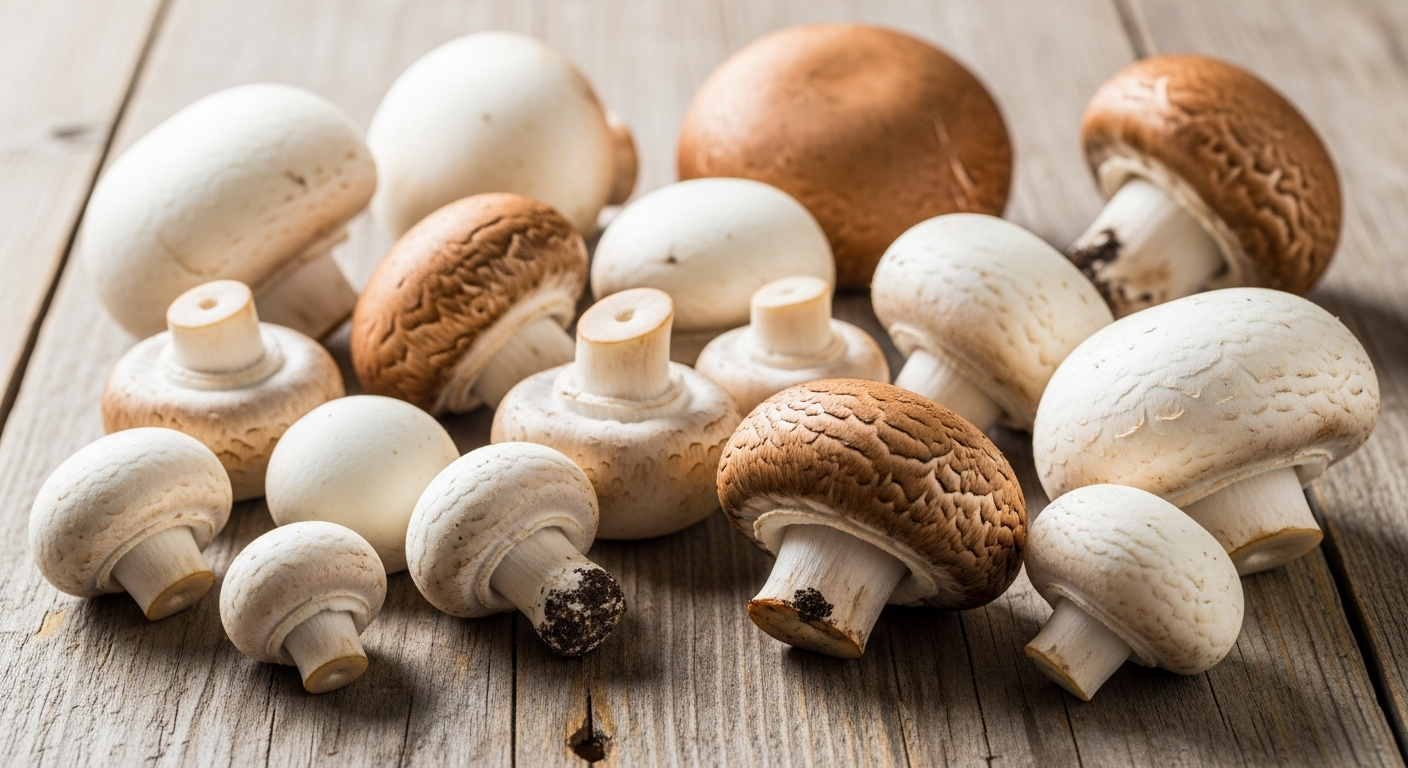
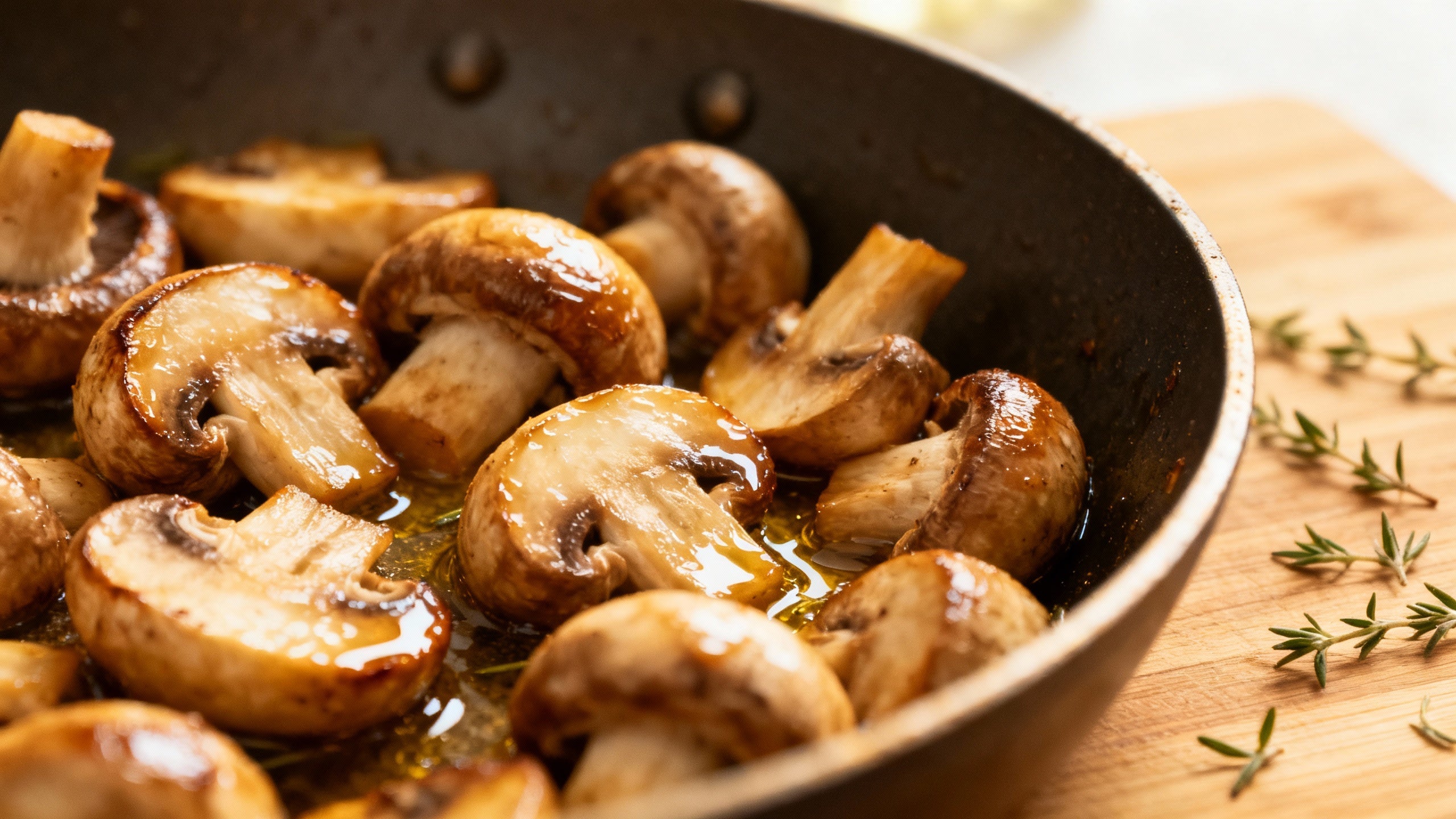
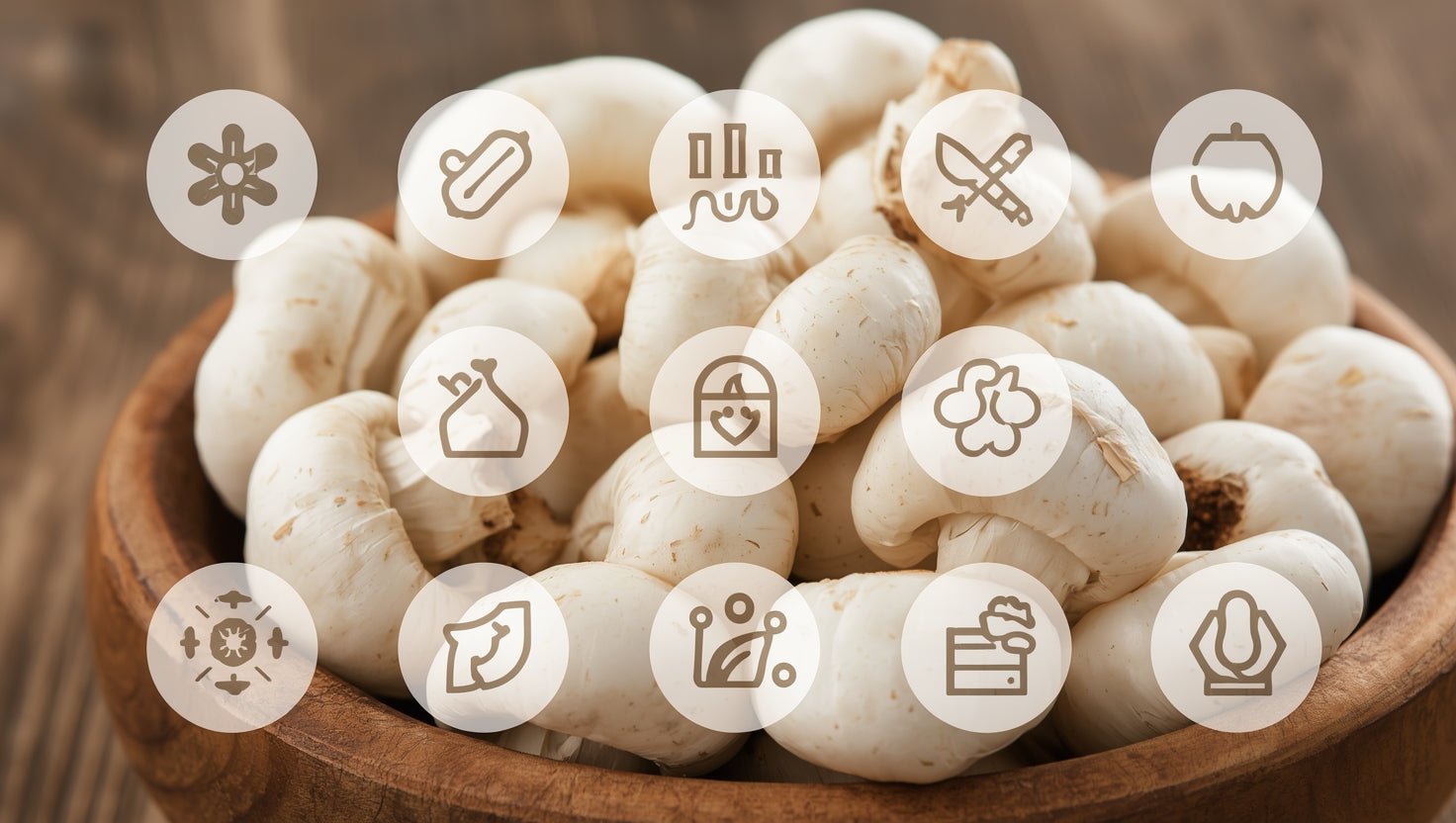
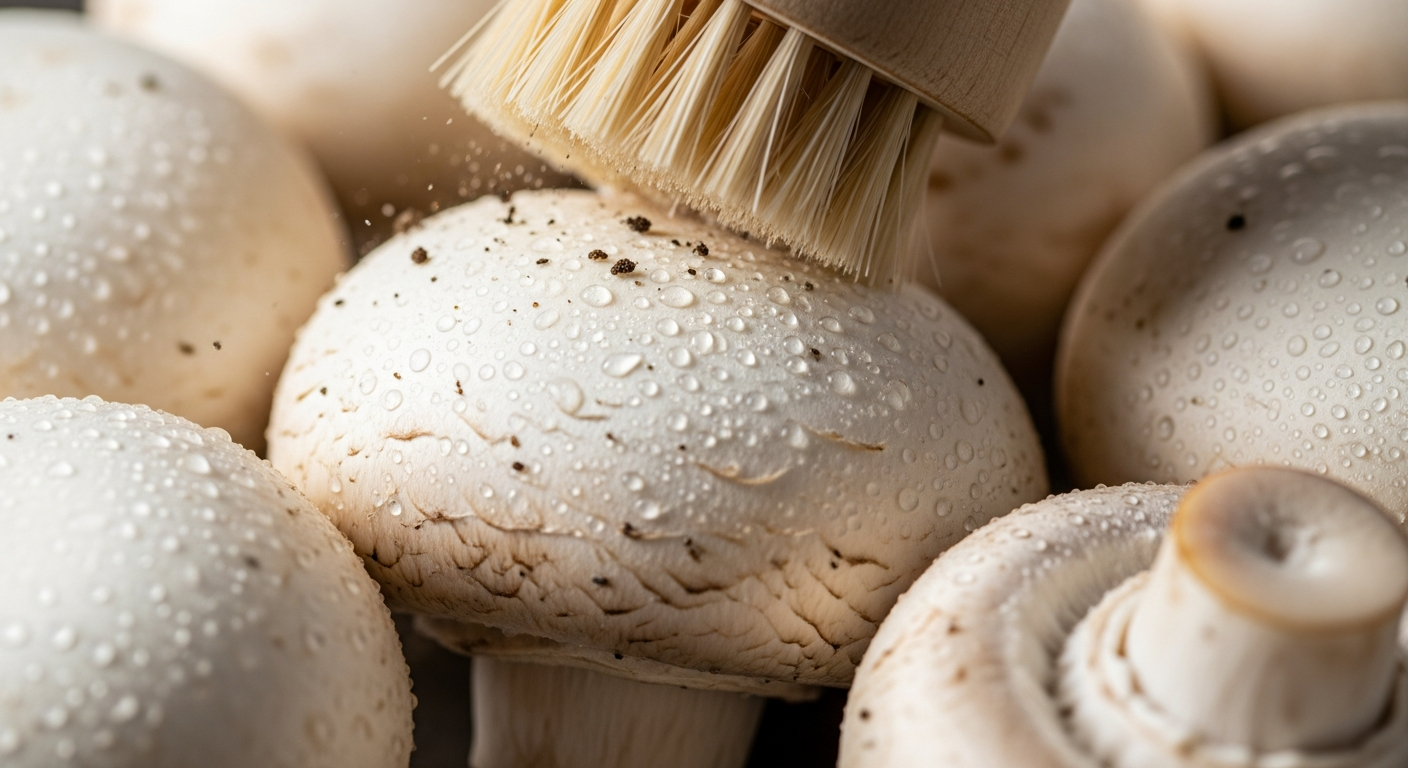
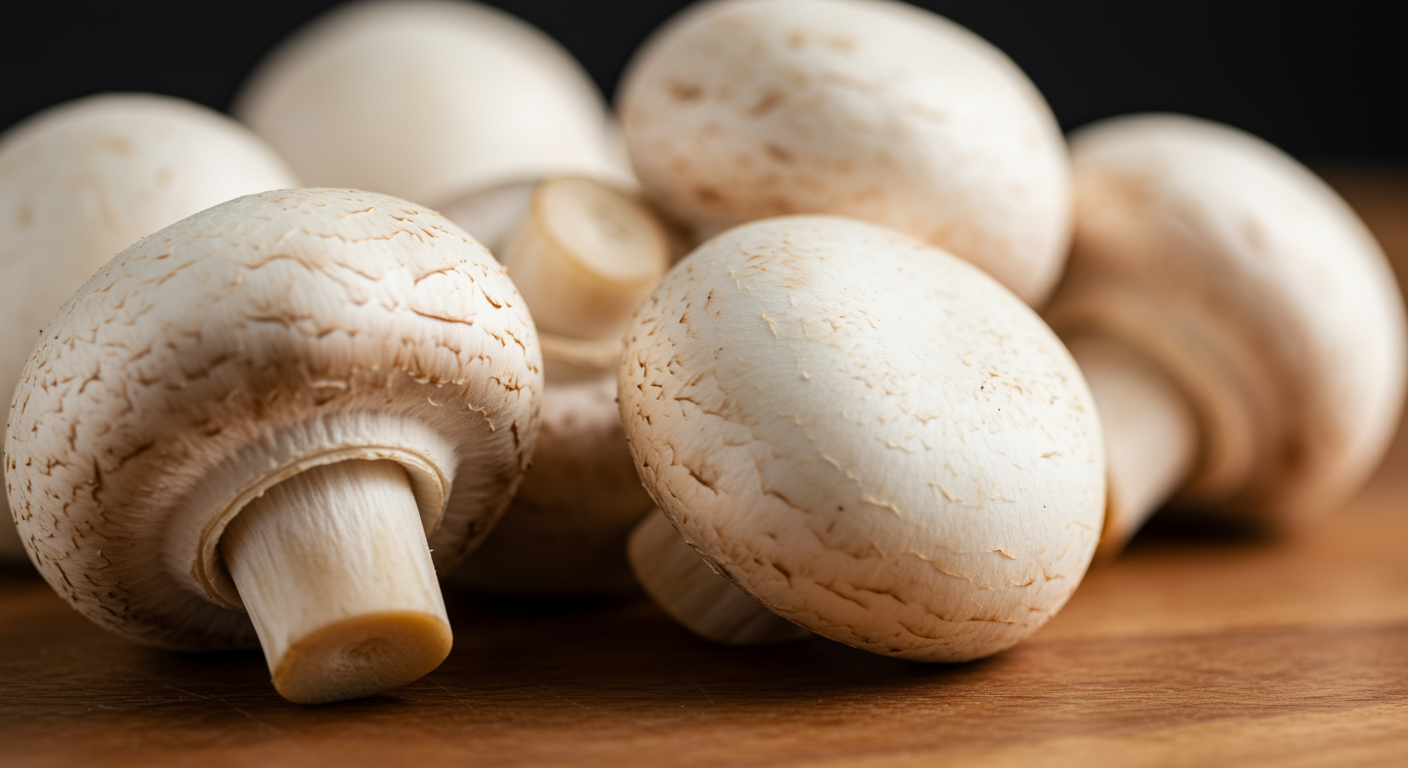
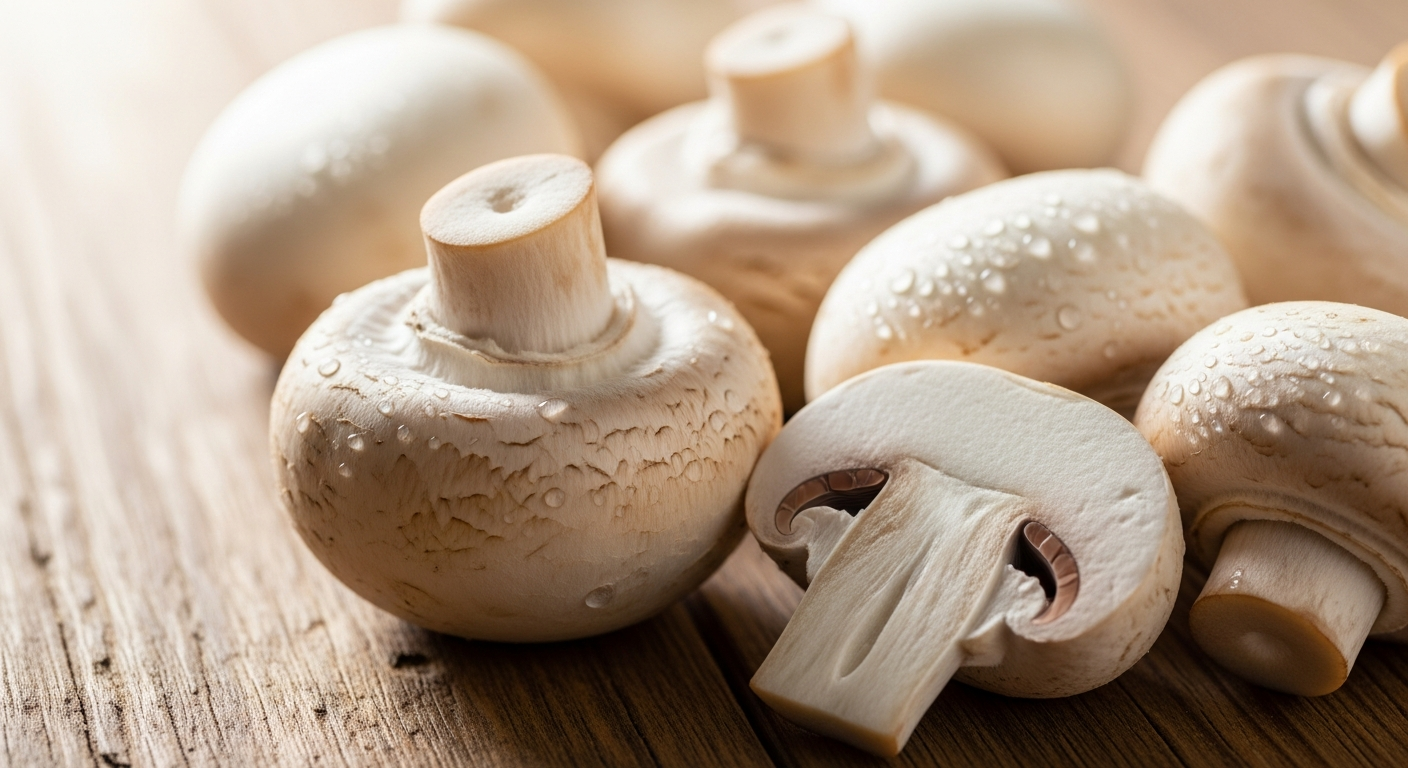
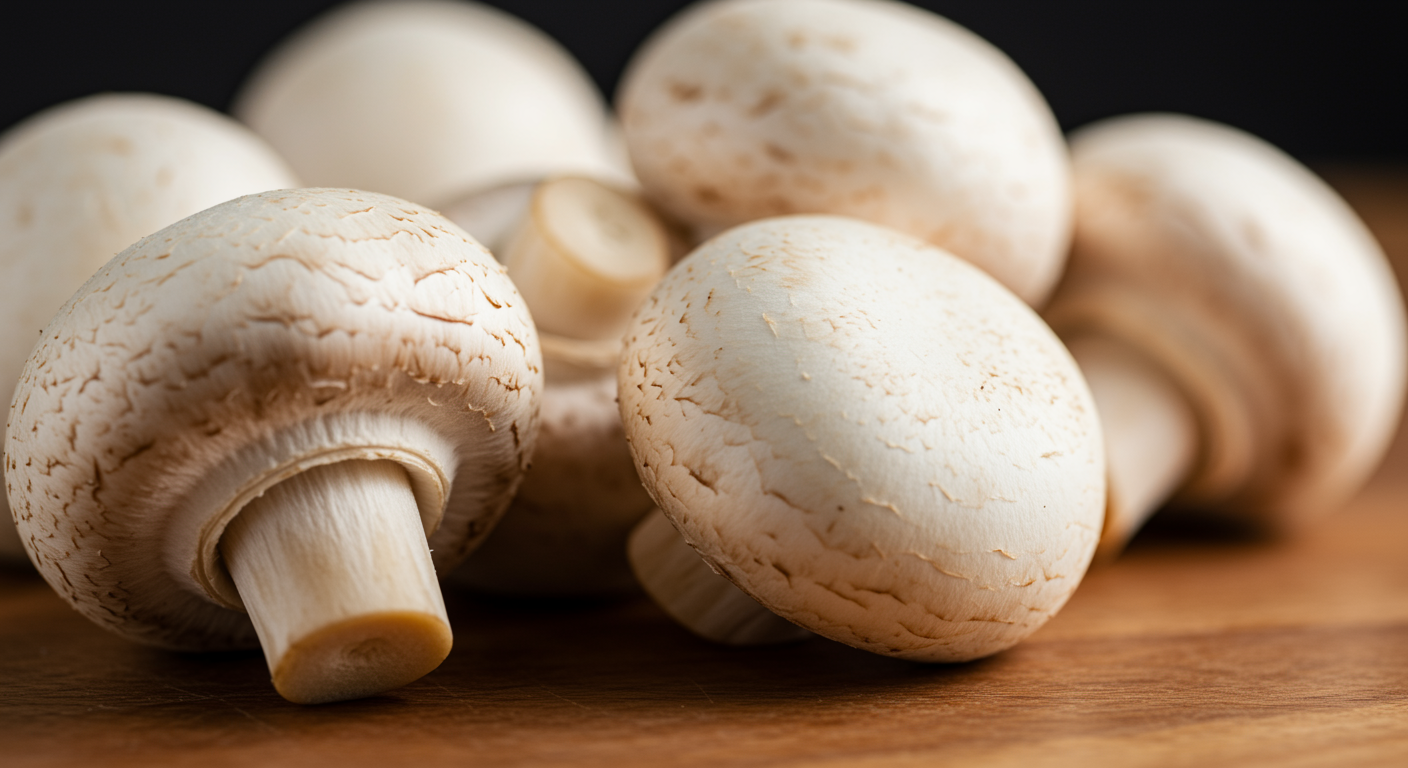
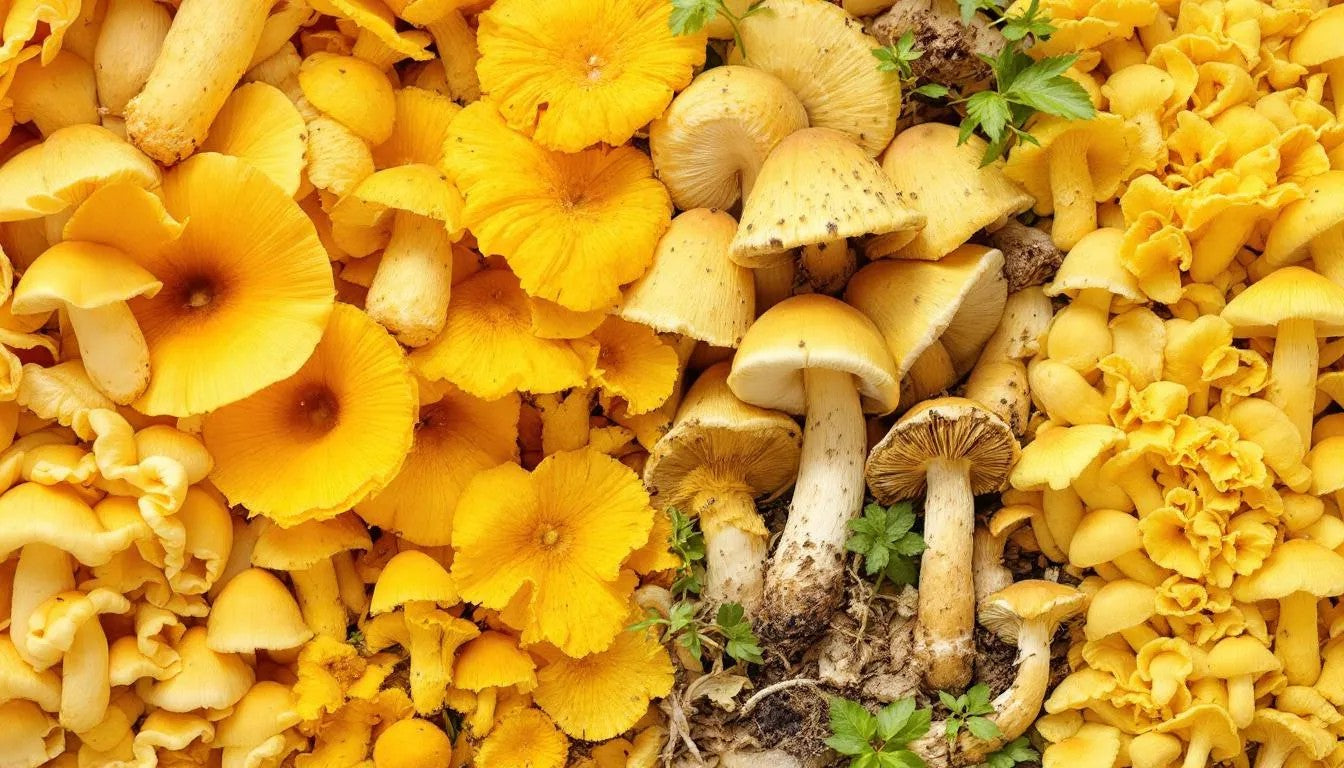

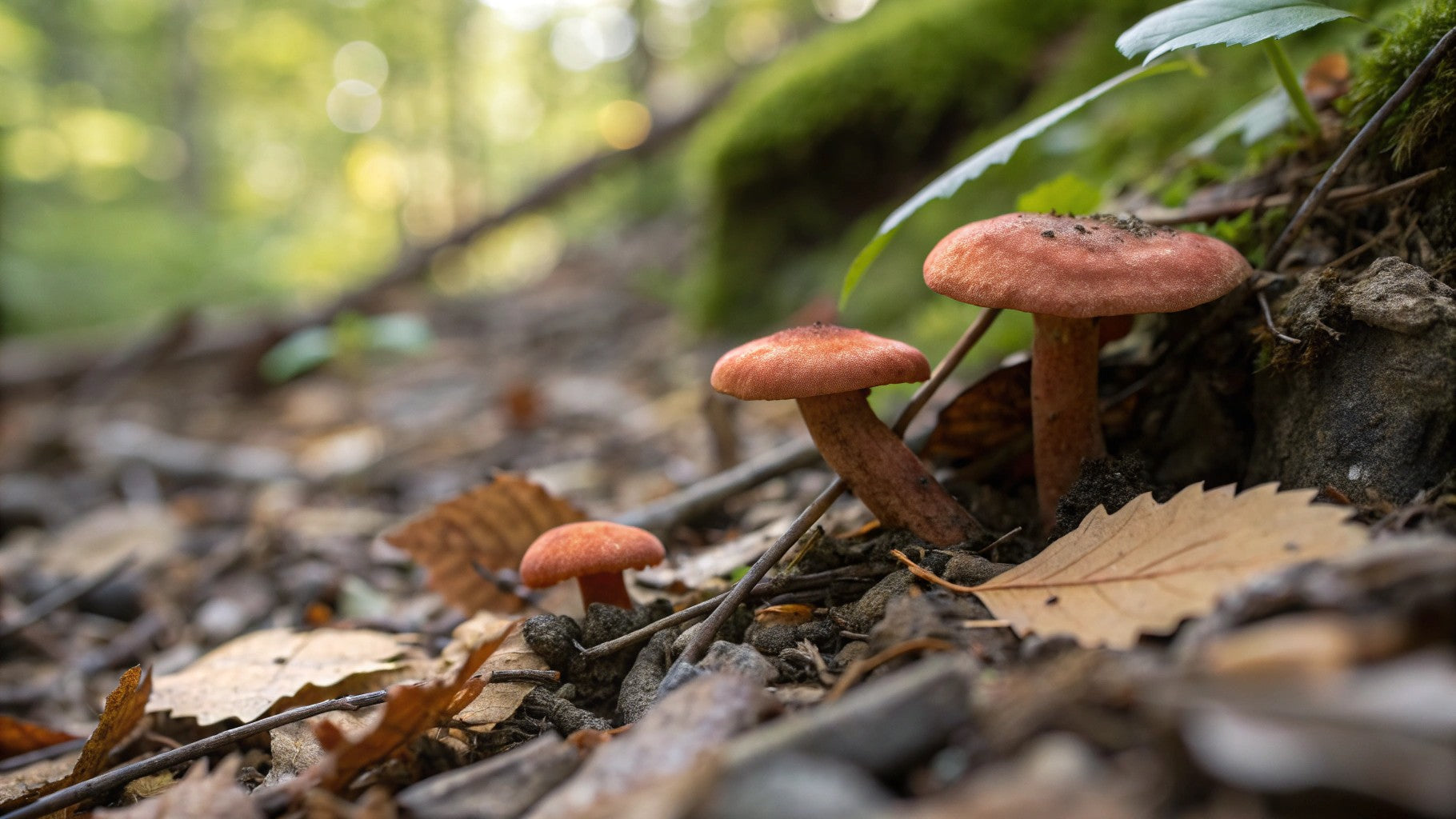
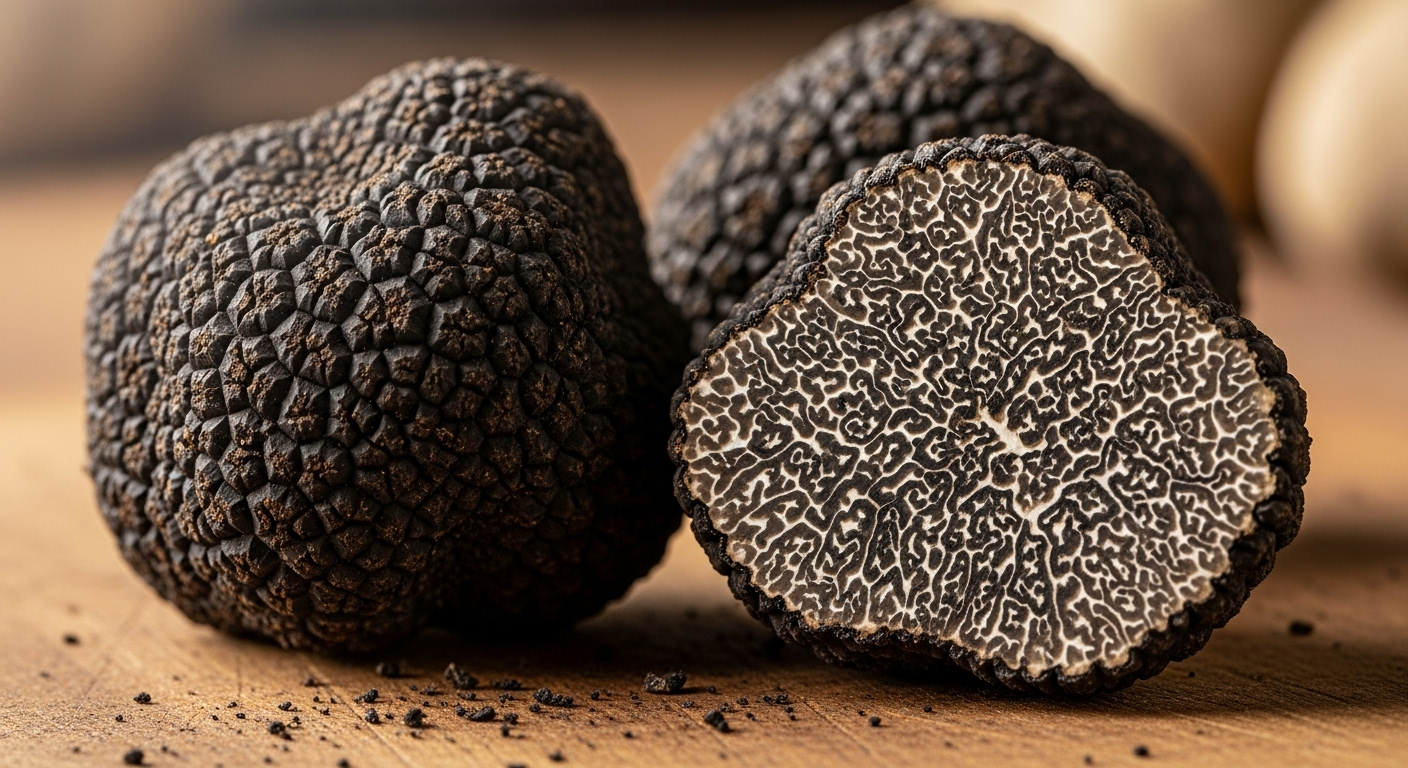
Share:
Lions Mane Mushroom Growing Kit: Easy Home Harvest
Does Lion's Mane Increase Testosterone?